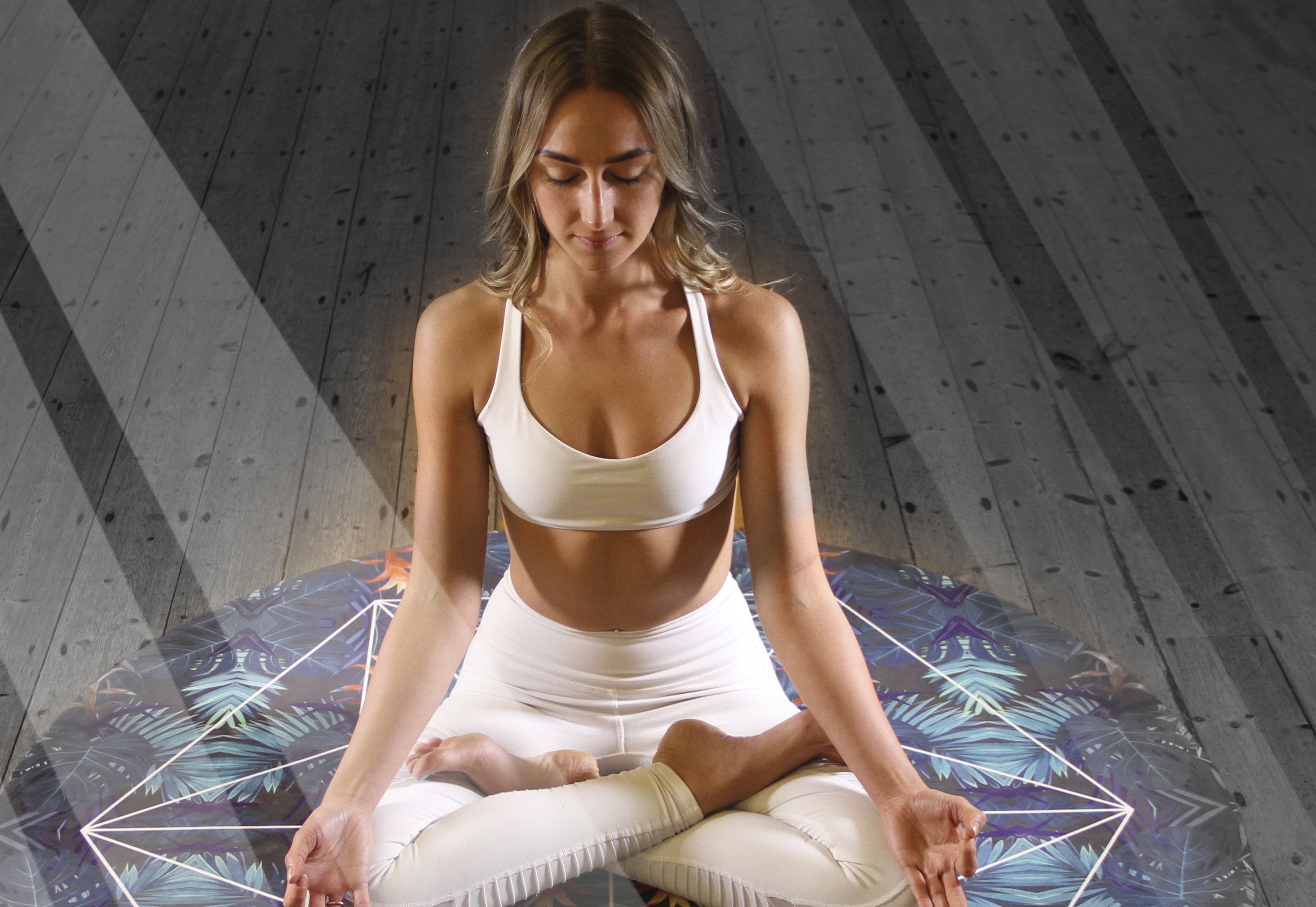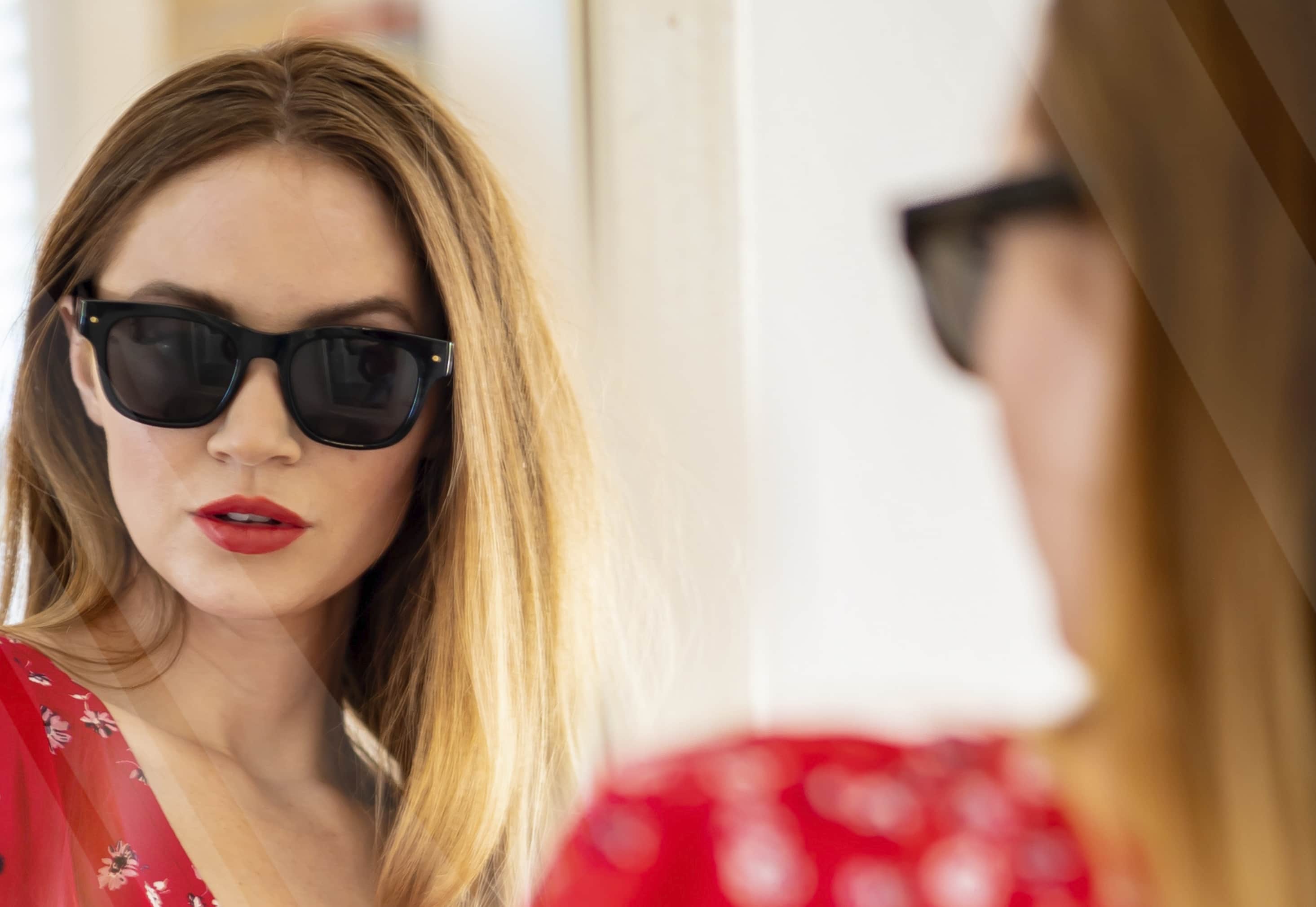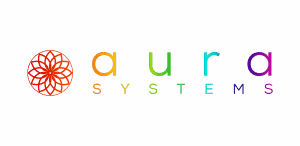
Do you wish you had the ability to see auras? Although seeing auras is sometimes thought to be an innate psychic ability, more and more people are learning to see auras every day. Here’s how.
Note: This article is written according to metaphysical beliefs.
What is an Aura?
According to metaphysical traditions, living beings exude an energy field that surrounds the physical body. The word aura itself means “breeze” or “breath” in both Ancient Greek and Latin; however, similar phenomena have been described in non-western traditions using different terms, such as chi or Qi. Auras are generally not thought to consist of high-frequency electromagnetic radiation, or light that’s invisible to the naked eye. Rather, they’re a different kind of energy altogether.

Aura colors are thought to emanate from the seven chakras, which are focal points of energy running from your tailbone to the crown of your head. The colors are often thought to express not only the balance and openness of a person’s chakras, but also some of the key personality traits that make them unique: That’s why individuals may have predominantly red auras, green auras, blue auras, etc.
This page is about practical tips for seeing and reading auras, but if you want some more details about the structure of auras, you’ll find auras explained in more depth here.
How to Read an Aura
Learning to see auras is a conscious activity that requires patience and experimentation. Here are a few techniques that have worked, historically, for experts in energy healing and related practices.
Developing Peripheral Vision
Peripheral vision is the vision you use to see things that are outside the center of your gaze. For instance, if you’re wearing glasses while staring straight ahead, you might still see the frames in your peripheral vision.
There are many benefits to training your peripheral vision. Some people do it to develop speed-reading capabilities, or even delay the vision loss associated with aging. The same training can also help you see auras, because seeing auras is a slightly different kind of seeing than you use in your day-to-day life. It’s thought to be a kind of third-eye vision, but it’s often compared to using peripheral vision as your resting state.
Here’s one effective way to train your peripheral vision:
- Grab a pen.
- Look straight ahead, and keep doing so throughout this exercise.
- Move the pen left, right, up, and down, exploring the farthest range of your peripheral vision.
- Relax your gaze. Let the pen come into your view; don’t strain to see it.
- Practice this until you can maintain that relaxed gaze.

If you’re struggling with this, close your eyes, breathe, and relax your eye muscles. Using your peripheral vision should feel peaceful and natural, so don’t strain. A third eye chakra meditation can be enormously helpful for this. Rest, and try again when you’re ready.
Once you’re confident in that skill, try applying that relaxed gaze in combination with the aura reading exercises outlined below.
Aura Reading Exercises
Aura Reading Exercise #1: Practice on the sky.
Many people believe you can see aura-like energy in the sky. To do this, go outside on a day when it’s not too bright, so you don’t need sunglasses. The second part of the day is usually a good time, not the morning. Sit or lie down, relax, and look up at the sky using the peripheral vision you’ve been practicing. Don’t focus on anything in particular.

If you maintain your peripheral vision, you can see small dots, black and white, floating or moving around in the sky. Don’t switch your focus to any one of these points, but try tracking one dot at a time with your peripheral vision.
Exercise #2: Practice on your hands.
Many people begin seeing auras by observing the energy around their hands and fingers. To do this exercise, you want a neutral white or off-white background behind your hands. Relax, and move your arms away from yourself so your hands are about a foot and a half away from your eyes.
Now, extend your two index fingers until they touch. Concentrate the center of your gaze on the spot where they connect.
Now, slowly move your fingers apart, while still looking at that same spot where they touched.
Relax your eyes and settle into your peripheral vision, and you may see the auric energy field around your hands. Try moving your fingers together and apart, and you might notice that the energy field merges when they’re almost touching.
Exercise #3: Practice on your reflection.
Once you can see the aura around your hands reliably, it’s time to look into the mirror and examine your own aura. At first, the best kind of mirror to use is a tall, full-height one. The trick is to rest your gaze on a spot off your body. A popular choice is somewhere beside your head, about five inches above one of your shoulders. Once again, use your peripheral vision. Once you see the energy field around your head and shoulders, don’t break your focus. Continue to watch the energy with your peripheral vision.

Once you get the hang of it, you can practice this in all kinds of settings, including a dark room. When you can do that, your ability to see auras is becoming reliable.
Interpreting Aura Colors
You may see some colors more than others in your aura. This may be related to the balance of your chakras. Below a brief, high-level guide with links to our in-depth explorations of each chakra. We also provide a detailed 120-page aura reading guide to each client who purchases one of our aura photography systems.
Red – Root Chakra or Muladhara chakra, connected to your sense of security and stability.
Orange – Sacral Chakra or Svadhisthana chakra, associated with relationships, creative expression, identity, and sensuality.
Yellow – Solar Plexus Chakra or Manipura chakra, associated with willpower, clarity, self-confidence, identity, and responsibility.
Green – Heart Chakra or Anahata chakra, governing connectedness, belonging, and unity with universal consciousness.
Blue – Throat Chakra or Vishuddha chakra, entwined with the element of akasha, a tantric term that very broadly translates to “air” or “space.” It is associated with communication and is the first of the three spiritual chakras.
Indigo – Third Eye Chakra or Anja chakra, associated with intuition, wisdom, and vision.
Violet – Crown Chakra or Sahaswara chakra, the conduit of consciousness, believed to be our closest connection to the creative power and sublime majesty of the universe.
Practice Reading Auras on Others
Ready to try working with other people? We can only guide you so far over the Web, so we strongly recommend finding a spiritual mentor if you’re just starting out.
Do your first few readings on someone you trust who’ll be patient as you work. It can help to place the person against a light-colored background so that you can perceive the details of their aura energy. Take your time, as they are entrusting you with the health of their life force.
Aura Photography
Aura photography has come a long way since the Kirlian photography first pioneered in the first half of the twentieth century. Today’s aura-energetic imaging technology is a next step above the old Kirlian Cameras, and using state-of-the-art aura camera technology can help dispel myths, stereotypes, uncertainties and discomfort around energy healing.







